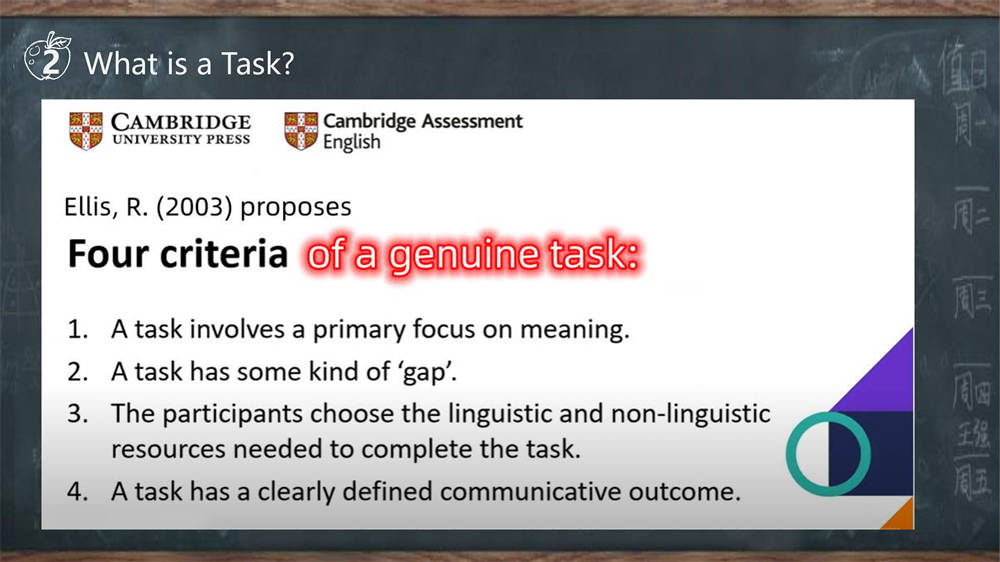TBLT for Chinese @ The Fifth Oceania Chinese Teachers' Conference 2023 新西兰第五届大洋洲中文教师大会
非常感谢参加四月一号的TBLT workshop的老师朋友们,你们的热情让我对该研究课题更有自信!
如在worshop中所述,为了推动任务教学法——一个让时间紧缺的老师们觉得既熟悉又陌生的好东西,尽快走进中文教学课堂,我倡导建立中文任务教学法的CoP (Community of Practice), 我会在近期内组建CoP of TBLT for Chinese微信群,对该教学法在目前新西兰中学的特殊环境下(如NCEA考试/有些低年级班每周只有三节课甚至更少/学生能力较低/没时间备课/不知道如何评估......)如何利用感兴趣的老师们,或者希望更进一步了解TBLT教学法的老师们,请与我联系:
Sim Yang
微信ID: impactchinese
Email: yan@northcote.school.nz
.......................................................................................................................
Workshop Title: Research to better implement TBLT in the Chinese classroom
Presenter: Sim Yang (Chinese/ESOL teacher at Northcote College, Ph.D. candidate of Applied Linguistics at the University of Auckland)
Abstract:
Although numerous studies have demonstrated the benefits of Task-based Language Teaching (TBLT) for second language learning outcomes, it is notable that TBLT is not widely implemented by Chinese teachers in New Zealand schools. This workshop is aimed to explore three key aspects with the audience - so that the rationale behind TBLT and the causes of the low adoption of TBLT can be understood, and how to better implement TBLT at New Zealand schools is explored with some solutions proposed. This workshop invites teachers who have a keen interest in utilizing real-world tasks to promote language learning.




My educational journey has evolved from a highly structured approach to one that is task-based. I didn't plan this journey and it seems to be a logical development - If my goal is to learn how to teach a language well, solely focusing on the language itself or theories about teaching the language will not suffice. Instead, it is crucial to acquire practical skills and techniques by actively engaging in teaching, gaining first-hand experience, and learning through trial and error. This is a task-based approach to learning how to teach.
We, teachers, may not have time or energy to read all the definitions of task, but we do understand that "learning by doing" is perhaps the best way to acquire knowledge – even if it’s by this common sense of “learning by doing” that TBLT has an absolute advantage over other teaching methods. Since language is for real-life communication, and real-life communication is to communicate in real-world tasks, such as making phone calls, buying food, seeing a doctor, etc, real-world tasks should really form the basis of language teaching.












